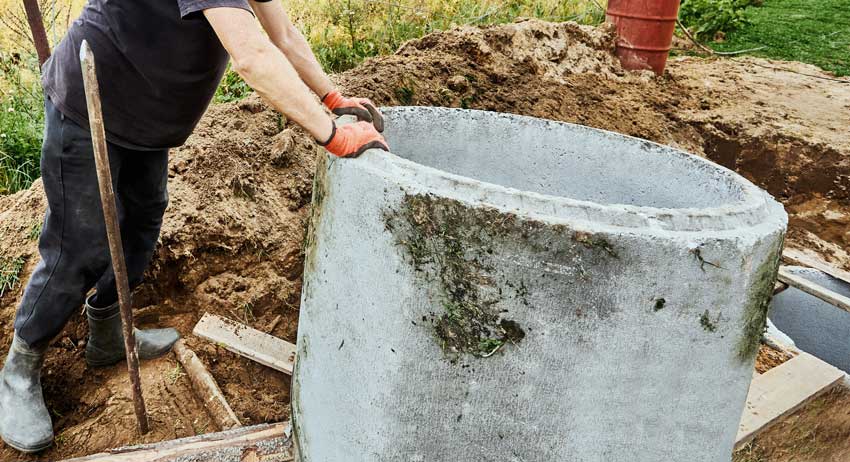
The installation of a septic system is a significant undertaking that requires careful planning and consideration of various factors, including timing. While it is technically possible to install a septic system at any time of the year, certain seasons and conditions are more favorable than others. The feasibility of installation depends on climate, soil conditions, and local regulations.
Spring and fall: ideal seasons
Spring and fall are often considered the best times for septic system installation. During these seasons, the ground is usually neither too hard from freezing nor too soft from excessive rain. The moderate weather conditions and soil moisture levels provide an ideal environment for excavation and backfilling, ensuring proper placement and compaction of the septic system components.
Summer: a viable option
Summer is also a popular time for septic installation, particularly in regions with a warm climate. Dry soil conditions make excavation easier and reduce the risk of equipment getting stuck in mud. However, extreme heat in some areas can make the process more challenging for workers and may lead to soil drying out too quickly, potentially affecting compaction.
Winter: challenges and considerations
Winter installation is more complex, especially in regions where the ground freezes. Frozen soil is harder to excavate and can increase labor and equipment costs. Additionally, snow and ice may hinder access to the site, complicating logistics. However, in milder climates where the ground does not freeze, winter installation may still be feasible.
For installations during winter, specialized equipment and techniques, such as ground thawing or the use of heated enclosures, may be required to prepare the site. These additional measures can increase the overall cost of the project.
Factors to keep in mind
- Local regulations: Some jurisdictions impose restrictions on septic installation during certain times of the year to protect soil integrity and water quality. It is essential to consult with local authorities and obtain necessary permits.
- Soil conditions: Wet or saturated soil, often seen during heavy rain or spring thaw, can make excavation difficult and compromise the system’s effectiveness. Proper soil testing and site evaluation are critical.
- Weather forecast: Avoid scheduling installation during periods of predicted heavy rain, snow, or extreme temperatures to ensure smoother progress.
In summary, while a septic system can technically be installed any time of year, spring, fall, and summer are generally more practical and cost-effective. Winter installations require additional preparation and considerations but can still be accomplished with the right planning and resources.

